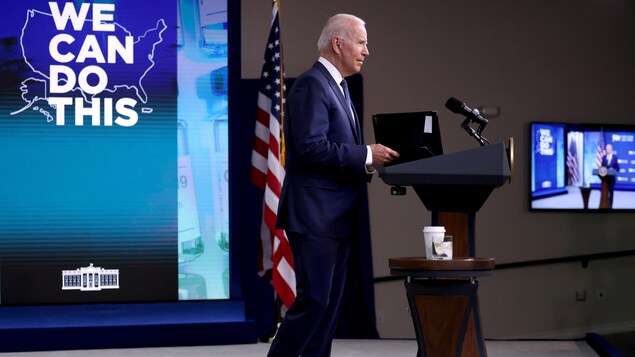Facts and scenarios about the economies of the European Union and the United States. Commentary by Stephen Bell of Threadneedle Investments Colombia
The Bank of England raised the interest rate by 0.5% last week. This came after a bigger move by the US and a similar hike by the European Central Bank. Let’s analyze the reasons behind these spikes and what it would take to put an end to them.
Although inflation is at similar levels in Europe and the United States in nominal terms, the composition is quite different. In the UK and the Eurozone, energy prices are the main culprit, with gas prices rising. In the United States, domestic pressures prevail. Wages are rising sharply, much faster than in Europe, and so are rents.
Has the Fed acted too slowly?
The surge in employment last week highlights how strong the US labor market is and I don’t see a scenario in which these pressures can be contained without a recession. This means that the US Federal Reserve is likely to raise interest rates until a recession is imminent. Given the fundamental strength of the US economy, I would expect US interest rates to rise a lot because, in my view, they started tightening monetary policy too late.
Price increases in the UK and Eurozone may be modest
In Europe, the story is different. Natural gas futures prices for this winter are 12 times higher than they were before the Russian invasion of Ukraine. This is a huge increase. In the UK, the increase is smaller, but the 10-fold increase is nonetheless unprecedented. The result, in my opinion, is stagnation. But it would be a different kind of recession than the United States. This is a supply shock and does not require a monetary policy response. Gas prices will not rise 10 times again and the markets are expecting a decrease in the medium term. Hence, much of the increase in inflation will be transient, and since the hit on real income will continue to cause a recession, central banks need not do much more in this regard.
But that’s not all: interest rates are close to zero in the UK and negative in Europe. Thus, they are heading towards more “normal” levels, and given other factors, I think the Bank of England and the European Central Bank could raise rates only slightly.
Implications for the markets
Recessions carry bad news for corporate earnings, whether they reflect a supply shock or not. The rise in interest rates coupled with stagnation is a double whammy. After a really bad first half, both stocks and bonds did well in July. Stocks started in August on a generally positive note. But I think there are some difficult months ahead.
As for the US, once inflationary pressures subside, the Fed may consider the possibility of cutting interest rates or, in any event, suspending policy. At this point, corporate and stock earnings can begin to recover. There is no doubt that European stocks will benefit to some extent. But even if gas prices drop a bit here, they are unlikely to return to previous levels anytime soon.
Inflation needs to be brought under control, and that will be painful
The rally in risk assets occurred for a reason that appears skewed by weak economic data. This has led the markets to conclude that the US Federal Reserve will slightly raise and lower interest rates in 2023. Stocks have fallen so far in 2022, despite strong earnings growth; So sure stocks will “buy” if interest rates stop rising?
The big flaw in this argument is that it suggests that interest rates are close to the level that would reduce inflation and that this would happen without a recession. The truth is that inflation in the US has been allowed to become too high and too persistent to be calmed by a small slowdown in the economy. It is true that US GDP contracted in the first two quarters of 2022, but this is not a reasonable reflection of the economy. After all, the US economy added 2.7 million jobs during that period. Wage inflation has accelerated sharply this year, more than the Fed and markets had expected. The same goes for rentals. Sure, gasoline prices have fallen from higher levels and other commodities have fallen, but these factors have little effect on inflation compared to rents and wages.
In my view, the US needs a full-blown recession, with a significant rise in unemployment, to bring inflation back toward the Fed’s 2% target. To do this, a significant rate hike will likely be required. Interest, which will be associated with a decrease in corporate profits.
Investors are already anticipating a recession, but stocks may fall
It is true that investor sentiment turned exceptionally bearish a month ago and most of them are anticipating a recession. So it’s possible that the stock won’t go down much, but I think it’s still in a downtrend.
We cannot expect Europe to provide much support. Unlike in the United States, wages and rents are not the main source of inflationary pressure. The cost of living crisis is dominating in Europe, and it is difficult for Europe to avoid a recession with rising energy bills. The numbers are scary. In the UK, the average household energy bill will exceed £3,000 in October, then rise again to £4,000 in January 2023. Admittedly, some of this figure will be offset by government subsidies, but this will only cushion the impact, It will not protect the industry and it will be an additional constraint on public finances. Conditions are different in other European countries, but the outlook is dire for Northern Europe and Germany in particular.
Newsletter Subscription
Subscribe to our mailing list to receive our newsletter

“Prone to fits of apathy. Introvert. Award-winning internet evangelist. Extreme beer expert.”



